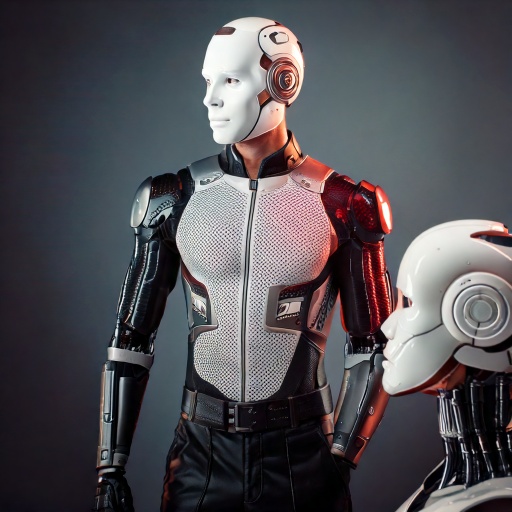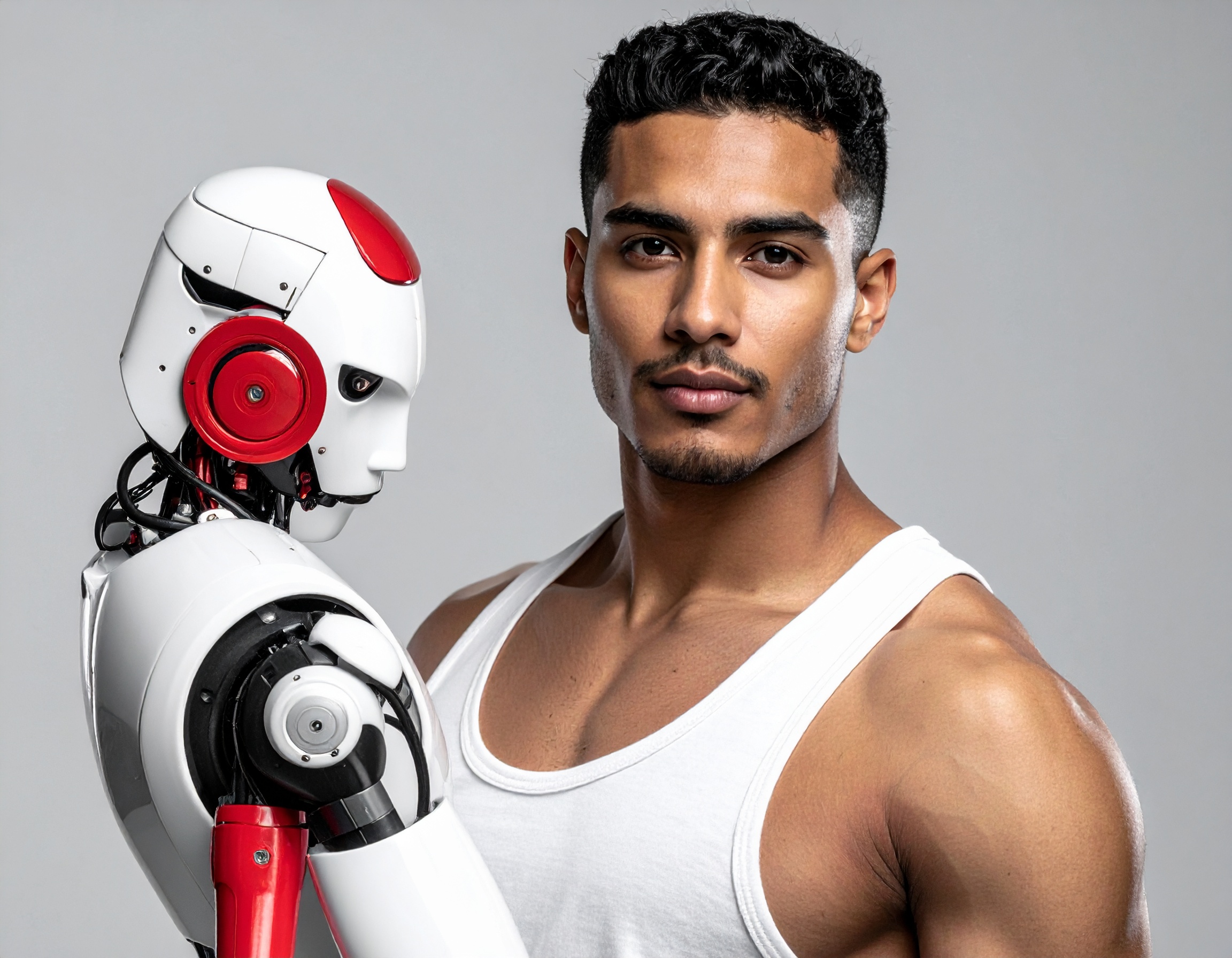Your Body as the Remote: New Tech Lets You Control Humanoid Robots by Moving Yourself

June 2025: A Leap in Human-Robot Collaboration
Researchers from Japan’s University of Tokyo have introduced a revolutionary way to control humanoid robots — using a person’s own body as a remote. Instead of relying on joysticks or complex software, the system detects the human operator’s movements through wearable sensors and mirrors them onto a robot. This breakthrough, reported in late June 2025, marks a new chapter in robotics and the evolution of AI Employees.
This technology is especially relevant as Non-Human Workers become increasingly common in areas like elder care, disaster zones, and construction. The ability to control robots with intuitive body movements could simplify training, speed up deployment, and make robots more accessible to non-experts.
How It Works: Sensors, Precision, and Real-Time Motion
The control system is based on motion sensors attached to the human operator’s limbs and torso. These sensors capture movement data and transmit it to the humanoid robot in real-time. Thanks to precise AI-driven algorithms, the robot can immediately replicate complex gestures such as crouching, walking, or manipulating objects. Unlike older remote control models, the new method allows for natural body motion, making interaction smoother and more lifelike.
This method also avoids the need for camera-based motion capture setups or voice command delays, offering quicker responsiveness and higher privacy. The technology uses a compact, wireless design that reduces latency and eliminates the need for large-scale equipment.

Why It Matters: Bridging Humans and Machines
As AI Employees and Non-Human Workers increasingly integrate into everyday tasks, seamless control systems like this make collaboration easier and safer. The Tokyo research team demonstrated that their humanoid robot could effectively perform household tasks such as moving furniture, opening drawers, and interacting with tools — simply by copying the operator’s movements.
This approach may lead to future applications where robots can be trained and guided by human gestures alone. It could also redefine how we use robots in high-risk environments — such as sending a robot into a collapsed building while the human operator stays safe outside.
Key Highlights:
- Who: University of Tokyo researchers
- What: Developed a wearable sensor system to control humanoid robots using human body movement
- When: Announced in late June 2025
- Why it matters: Enables intuitive control of robots, enhances safety and efficiency for Non-Human Workers
- Potential Uses: Elder care, disaster response, household robotics, high-risk industrial environments
Reference:
https://mezha.media/en/news/vlasne-tilo-yak-pult-upravlinnya-dlya-robotiv-gumanojidiv-302890/


